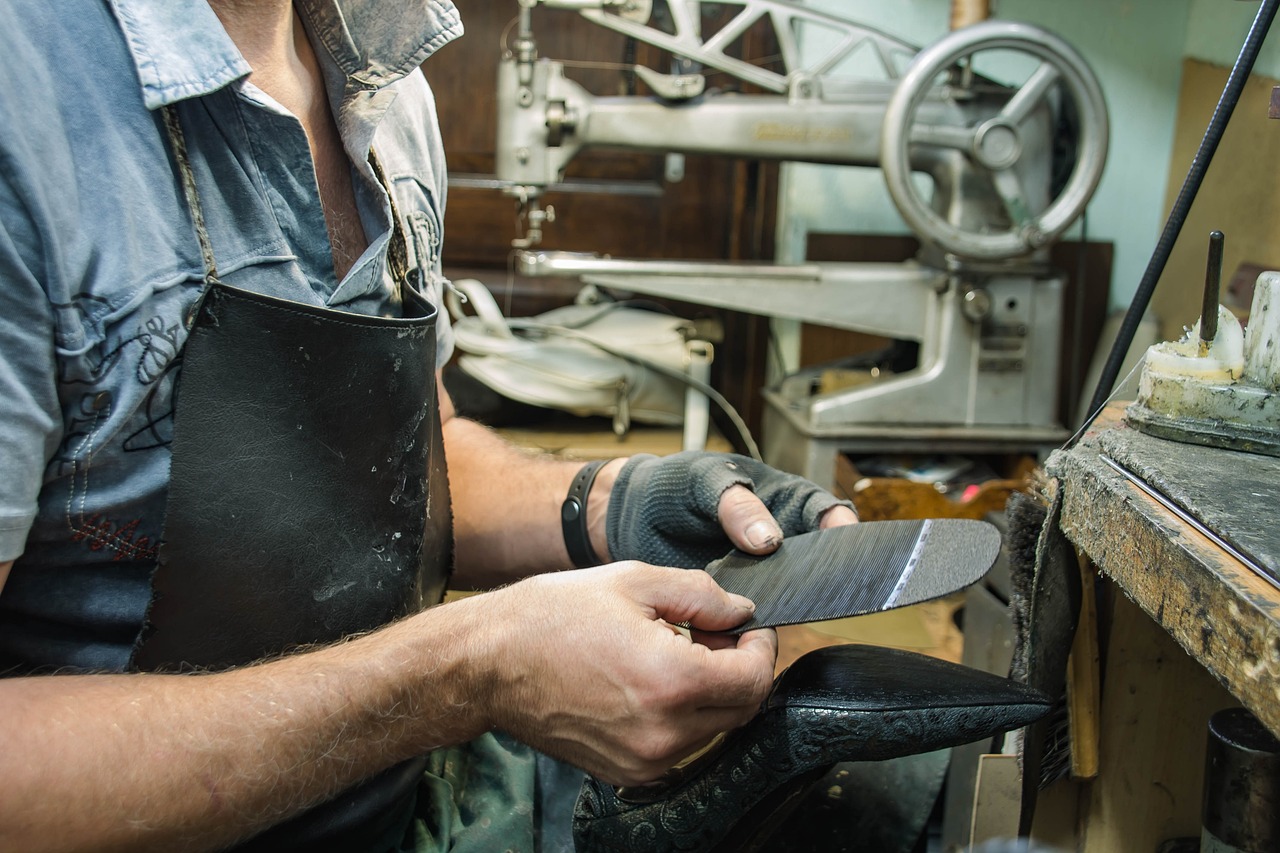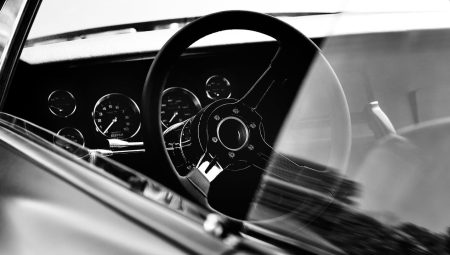Replacing engine mounts might sound daunting, but with the right guidance, you can tackle this task like a pro! Imagine your engine as a guest at a party; it needs a sturdy platform to dance on without wobbling all over the place. Engine mounts are those unsung heroes that keep everything in place, absorbing vibrations and ensuring a smooth ride. If you notice excessive shaking or hear strange noises, it might be time to roll up your sleeves and dive into this DIY project.
Before we get our hands dirty, let’s talk about what you’ll need. A few essential tools are key to a successful replacement. Grab a socket set, a jack, and some sturdy jack stands. Think of these tools as your trusty sidekicks, ready to assist you on this mechanical adventure. Don’t forget safety gear—gloves and goggles are a must! Now, let’s get into the nitty-gritty of the replacement process, where each step will bring you closer to a smoother, more stable ride.
In the upcoming sections, we’ll break down everything from lifting your vehicle safely to installing those new mounts. Remember, this isn’t just about fixing a problem; it’s about enhancing your vehicle’s performance and ensuring it runs like a dream. So, are you ready to become your own mechanic? Let’s do this!
Understanding Engine Mounts
Engine mounts are the unsung heroes of your vehicle, playing a vital role in keeping the engine securely in place while minimizing vibrations that can rattle your ride. Think of them as the cushions that absorb the shocks and jolts from the engine’s movements, ensuring a smoother driving experience. Without these mounts, your engine would be dancing around like a wild performer, leading to potential damage and a noisy cabin.
There are several types of engine mounts, including rubber, hydraulic, and solid mounts, each serving a unique purpose. Rubber mounts are the most common, designed to absorb vibrations effectively. Hydraulic mounts, on the other hand, use fluid to dampen movements, providing an even better cushion. Solid mounts, while less common, offer maximum stability but at the cost of increased vibrations.
How do you know when it’s time to replace your engine mounts? Look out for signs like excessive engine vibrations, unusual noises when accelerating, or even misalignment of the engine. If you notice any of these symptoms, it’s crucial to address them promptly to avoid further damage and ensure optimal vehicle performance.
Essential Tools and Materials
Before diving into the exciting world of engine mount replacement, it’s crucial to gather your tools and materials. Think of it as assembling your very own superhero toolkit—without the right gear, you might find yourself in a sticky situation. Here’s a rundown of what you’ll need:
- Jack and Jack Stands: These will safely lift your vehicle, allowing you to access the engine mounts with ease.
- Socket Set: A good socket set will be your best friend, helping you tackle those stubborn bolts.
- Wrench Set: Having a variety of wrenches on hand ensures you can handle any size nut or bolt.
- Torque Wrench: This tool is essential for applying the correct amount of torque when securing the new mounts.
- Safety Gear: Don’t forget gloves and goggles to protect yourself during this hands-on project!
Once you have these items ready, you’ll be well-equipped to tackle the task ahead. Remember, preparation is key! Having everything at your fingertips not only saves time but also keeps the process smooth and enjoyable. So, grab your tools and get ready to give your engine the support it deserves!
Step-by-Step Replacement Process
Ready to tackle your engine mount replacement? Buckle up! First, make sure you have all your tools handy. You’ll need a jack, jack stands, a socket set, and possibly a torque wrench. Safety first—always work on a flat surface and wear protective gear. Start by lifting your vehicle with the jack and securing it with jack stands. This is crucial; you don’t want any surprises while you’re underneath!
Next, locate the engine mounts. They’re usually situated between the engine and the chassis. Before removing the old mounts, take a moment to inspect them. Look for any signs of wear, such as cracks or excessive movement. Once you’ve confirmed they need replacing, it’s time to unscrew the old mounts. Keep track of the screws and their locations, as this will save you from confusion later.
Now, it’s time for the fun part—installing the new mounts! Align them carefully and secure them with the screws you saved. Make sure everything is tightened to the manufacturer’s specifications. Finally, lower your vehicle back to the ground and give the engine a gentle rev. Listen for any unusual sounds; if all is quiet, congratulations! You’ve just completed a rewarding DIY project. Remember, taking care of your engine mounts can extend their life, so keep an eye on them moving forward!
Common Mistakes to Avoid
When it comes to replacing engine mounts, even seasoned DIYers can stumble. One of the most common mistakes is rushing through the process. Take your time! A hasty job can lead to misalignment, causing unnecessary vibrations and potential damage. Another pitfall is not using the right tools. Imagine trying to cut a steak with a butter knife; it just won’t work! Ensure you have the correct tools on hand, such as a torque wrench and jack stands, to secure your vehicle safely.
Additionally, neglecting to check your vehicle’s manual can be a costly oversight. Each car model has specific requirements, and ignoring these can lead to serious issues. Remember, preparation is key. Before diving in, review the steps and gather all necessary materials. Lastly, don’t forget to double-check your work. A quick inspection can save you from future headaches. So, take a moment to look over everything before you hit the road!
Post-Replacement Tips and Maintenance
Congratulations on successfully replacing your engine mounts! Now, the journey doesn’t end here. To ensure your hard work pays off, regular maintenance is key. First and foremost, keep an eye on any unusual vibrations or noises. If your engine feels like it’s dancing more than usual, it might be time for a check-up. Just like a good pair of shoes, engine mounts need to be inspected periodically.
Additionally, consider performing routine inspections every few months. Look for signs of wear and tear, such as cracks or excessive movement. Maintaining the surrounding components, like the transmission and exhaust system, can also help in prolonging the life of your new mounts. Remember, a little care goes a long way!
Lastly, don’t forget to document your maintenance activities. Keeping a log can help you track when you last checked your mounts and when they might need another look. This way, you’re not just playing a guessing game; you’re being proactive. So, treat your engine mounts with the respect they deserve, and they’ll reward you with smooth rides for years to come!
Frequently Asked Questions
- What are engine mounts and why are they important?
Engine mounts are vital components that secure your engine to the vehicle’s frame. They reduce vibrations and help maintain engine alignment, ensuring a smoother ride and optimal performance.
- How can I tell if my engine mounts need replacing?
Look for signs like excessive vibrations, unusual noises, or engine movement during acceleration. If you notice these symptoms, it might be time to replace your engine mounts.
- Can I replace engine mounts myself?
Absolutely! With the right tools and a bit of DIY spirit, you can tackle this task. Just follow our guide step-by-step, and you’ll be on your way to a smoother ride.
- What tools do I need for the replacement?
You’ll need basic hand tools like wrenches, sockets, and a jack. Make sure to gather everything beforehand to make the process smoother!
- Are there any common mistakes to avoid?
Yes! One common mistake is not securing the vehicle properly. Always ensure it’s stable before starting work to avoid accidents.





